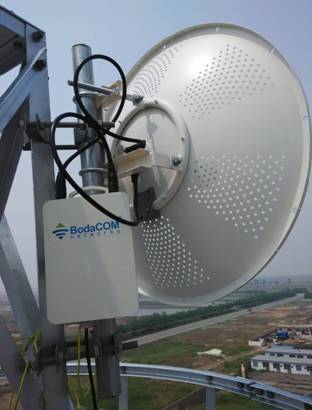The wireless communication technology itself has many advantages and lower cost. The wireless communication technology does not need to establish physical lines, nor does it require a lot of manpower to lay cables, and the wireless communication technology is not restricted by the industrial environment, and has strong ability to resist environmental changes, and fault diagnosis. It is also easier. Compared to the traditional wired communication setup and maintenance, wireless network maintenance can be completed through remote diagnosis, which is more convenient; strong scalability, when the network needs to be expanded, wireless communication does not require extended wiring; strong flexibility, wireless The network is not restricted by environmental terrain, etc., and when the use environment changes, the wireless network needs to do very little adjustment to adapt to the requirements of the new environment.

Common wireless communication (data) transmission methods and technologies are divided into two types: "near-distance wireless communication technology" and "long-distance wireless transmission technology".
1. Short-range wireless communication technology
The short (near) distance wireless communication technology refers to that both parties of communication transmit data through radio waves, and the transmission distance is within a relatively short range, and its application range is very wide. In recent years, the short-range wireless communication standards that are widely used and have good development prospects are: Zig-Bee, Bluetooth (Bluetooth), wireless broadband (Wi-Fi), ultra-wideband (UWB), and near field communication (NFC).
2. Long-distance wireless transmission technology
Long-distance wireless transmission technology: Currently widely used wireless communication technologies in remote areas mainly include GPRS / CDMA, digital radio stations, spread spectrum microwave, wireless bridges and satellite communications, and short-wave communication technologies. It is mainly used in areas that are relatively remote or unsuitable for laying lines, such as coal mines, offshore, polluted or environmentally harsh areas.




 鲁公网安备 37010102001611号
鲁公网安备 37010102001611号